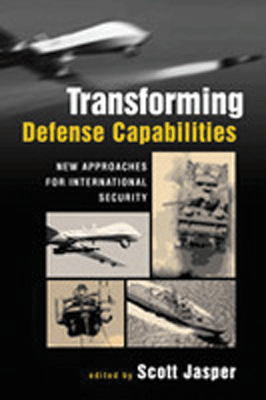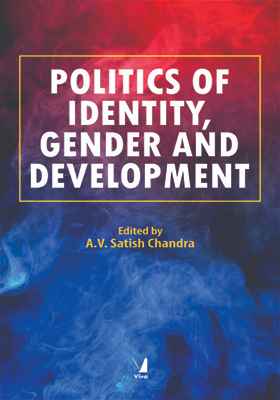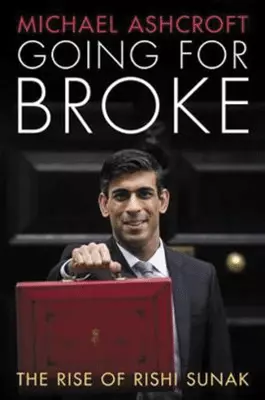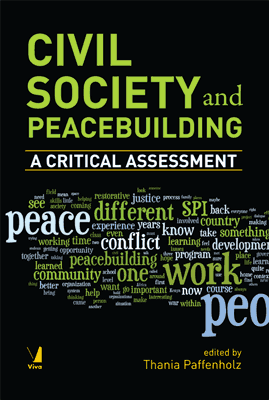
Transforming Defense Capabilities
Transforming Defense Capabilities
₹805.50 ₹895.00 Save: ₹89.50 (10%)
Go to cartISBN: 9788130912448
Bind: Hardbound
Year: 2010
Pages: 272
Size: 153 x 229 mm
Publisher: Lynne Rienner Publishers, Inc.
Published in India by: Viva Books
Exclusive Distributors: Viva Books
Sales Territory: India, Nepal, Pakistan, Bangladesh, Sri Lanka
Description:
In the face of today’s security challenges, there is widespread recognition of the need to think and act in new ways to ensure both national and collective security interests. Transforming Defense Capabilities succinctly describes what transformation means in the context, why it is essential, and how to translate innovation concepts into relevant, feasible and useful practice.
The authors defines all aspects of the transformation process, offering useful insights and proven methods for developing integrated defense capabilities. Demonstrating how enabling technologies can be combined with personnel development, organizational improvement, and creative changes, they present a comprehensive guide for implementing an essential, capabilities-based approach to international defense transformation.
Target Audience:
Researchers in the area of defense studies and security.
Contents:
The Capabilities-based approach • Part 1: Thinking about Transformation • On military Revolution • The influence of the information age • Pattern in Innovation • Pressing Contemporary issues • Part 2: Implementing Transformation • Collective solution Guidelines • The role of concept development • Scientific Rigor in Defense Experimentation •The US shift beyond capital asset • The NATO Response force Initiative • Pacific Threatre Assessments • Part 3: Conclusion • Measuring Progress
About the Editor:
Scott Jasper teaches in the National Security Affair Department and the Center For Civil-Military Relations at the Naval postgraduate school. As a captain in the US Navy, he served as deputy for joint experimentation at the US Pacific Command headquarter.
About the Editor:
Scott Jasper teaches in the National Security Affair Department and the Center For Civil-Military Relations at the Naval postgraduate school. As a captain in the US Navy, he served as deputy for joint experimentation at the US Pacific Command headquarter.






